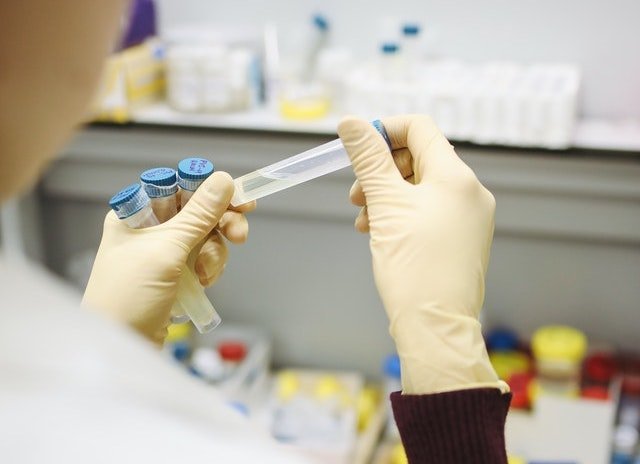
Who should be tested for the novel coronavirus that causes COVID-19? And what do the different types of tests actually measure?
Attending Physician Jeffrey Bender, MD, a pediatric infectious disease specialist at Children’s Hospital Los Angeles, gives the latest update and explains what parents need to know.
Children’s Hospital Los Angeles tests children who come to the hospital with symptoms of COVID-19, as well as those who are admitted to the hospital for care.
One of the reasons why the test is given is because it “helps protect our staff and ensures that the right personal protective equipment is used when providing care,” Dr. Bender explains.
Emergency use authorized testing
The Food and Drug Administration issued an emergency use authorization for a CDC-approved test. This is the test preferred by the Centers for Disease Control and Prevention (CDC) to determine if an individual has the virus.
The test uses a swab at the end of a long, thin stick to collect material from deep in the nasal passage—where the nose connects to the throat.
The lab looks at the sample for genetic material that matches the virus. Children’s Hospital Los Angeles uses the CDC-EUA test.
At-home, mail-in tests:
These tests are not approved by the FDA. A swab is used to collect a sample from inside the mouth (along the cheek).
Families paying for these tests may not be getting information that is meaningful for their child’s health. “There’s no data indicating that these mail-in tests are accurate,” shares Dr. Bender.
If you are testing a healthy child, this test may not be a great investment. “The only time a child needs a test is if they have symptoms. In that case, the child should receive an FDA-authorized test.”
Rapid antigen tests:
This test works like a rapid test for influenza. The swab collects a sample from the front of the nasal passage or throat, which is checked for viral proteins and gives results in minutes.
Dr. Bender is cautious. “A problem with rapid flu tests is that they can be hard to interpret,” he notes. “A rapid COVID-19 test has the same issue. At Children’s Hospital, we have no plans to use rapid antigen tests.”
Antibody test:
This tests the blood to see if the person has had the virus in the past. (It cannot tell if a patient has the virus right now.)
These tests, which are just starting to become available, check for antibodies against the virus—special proteins that the body makes to fight an infection.
“These tests are helpful for testing health care workers and in supporting public health efforts,” Dr. Bender says.
The Laboratory at Children’s Hospital Los Angeles is using the CDC-EUA assay. “Many labs don’t have the technology to run these tests,” Dr. Bender says. “Our lab is very advanced, and we were one of the first to bring this testing online.
This is a testament to the amazing work of our clinical lab.” Results are ready in less than 24 hours, and even more rapid systems are being implemented soon.
The CHLA lab is also developing a COVID-19 antibody test that can check for past infection. This test will be available shortly. The test looks at antibodies and can help determine past COVID-19 infection.
In the vast majority of cases, children don’t need to be tested. Children with COVID-19 typically only have mild cold symptoms, instead of the more serious illness seen in adults.
One benefit of testing is to inform the child and parent of the infection, which may help prevent further transmission.
If your child gets a cold, adults in the home should take extra care to not catch the cold—and frequently wash their hands and disinfect surfaces.
If a child has more severe symptoms—persistent high fever, trouble breathing and not eating or drinking well—call your pediatrician.
“I would encourage parents to reach out to their pediatrician first,” he says. “But if it’s severe and the child is getting worse, then you need to go to an emergency department.”
Parents and caregivers should listen to local health officials about social distancing and stay-at-home orders.
And they should continue to wash their hands often—and teach their children how to wash their hands and cover their cough.
“These simple measures will help kids not only now, but also in future flu seasons,” Dr. Bender says. “They are learning life lessons that will protect them throughout their lives.”



